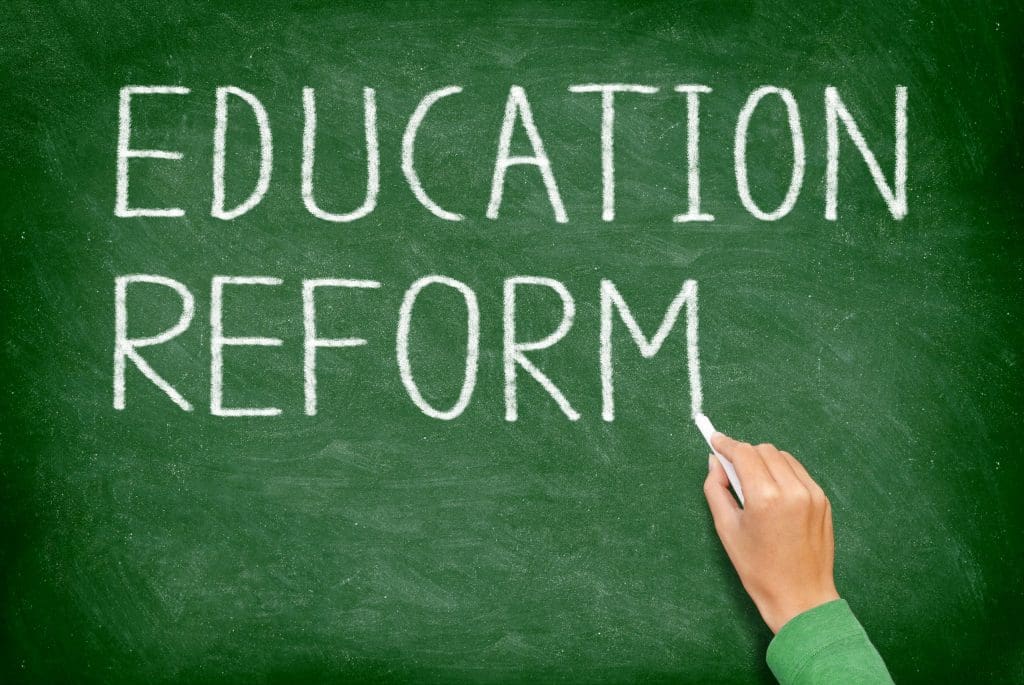By Dr. Shalini Advani
Founding Director
Pathways School, Noida

We all think we know what education in the 21st century needs to be about. Educational reform initiatives tend to point in the direction of valuable subjects, most commonly towards STEM–the mastery of science, technology, engineering and math. Added to the mix is a new emphasis on learning to code, because coding and artificial intelligence it is believed, is where the jobs are.
It turns out that this is a gross simplification of what students need to know and be able to do. Not that these areas are not important, but they are insufficient for success. Proof for this comes from a surprising source: Google. In 2013, Google ran a study of promotion, hiring and firing data and were themselves astonished at what they found.
After crunching their data, Google found that for professional success at Google, STEM expertise came in last. The seven top characteristics of success at Google are all soft skills: being a good coach; communicating and listening well; working with different values and points of view; understanding and being supportive of colleagues; being a good critical thinker and problem solver; and being able to make connections across complex ideas.
These are ideas which have floated across the work space for a while now, though the Google study is valuable for the empirical data it provides. If these are critical work space skills, the more important question is – What are we doing in schools and as educators to actively develop and teach these?
The most honest answer is – precious little. Our schools and education system is organised around individual competition, not collaboration. Testing is individual, homework must be done individually and grading is always individual. Collaboration is reserved for light-hearted project work which carries little weight in the minds of students, teachers or university admission officers. This is even more true for the development of personal attributes of reflection, empathy and understanding.
While there is much in our current education system which requires radical transformation, it is not necessary to wait for big reform, to begin developing these soft skills in a systematic manner. Here are some things which can be implemented immediately.
Project-based Learning
This lends itself to almost every subject. PBL directs students to respond to an authentic, engaging and complex question, problem, or challenge. For example- begin with a question on what is a bigger danger for the health of young people- childhood obesity or malnutrition. Students research in groups on the impact of each on the human body, study populations where either obesity or malnutrition is prevalent and why, what food supplies lead to it and what can be done to combat it. Reflection and group discussion may lead to the creation of an information website or an awareness campaign.
Harkness Table
This is a teaching methodology designed to promote open-ended thoughtful discussion and listening skills. The original model based on Socratic dialogue can be adapted for larger groups. In this method twelve or fourteen students sit in a circle and discuss a pre-decided topic. It is a method of student-led learning: ideally the teacher does not speak more than ten sentences. It can be initiated by saying – Can you explain X or Can we talk about Y.
Students can contribute in different ways – by synthesizing previous points, by providing information, by drawing upon what has been said to pose a follow-up question, by giving an opinion based on information. Students must have pre-read information and have already answered set questions.
In the class, those in the circle receive a grade for each contribution (a maximum of four is permitted). Those outside the circle make notes. Following this, all students complete a summary of points learnt and are assessed in the usual way with a written assignment.
Mindfulness
In a world of high adolescent anxiety and depression, teaching Mindfulness should be a compulsory area. Moreover, Mindfulness in the classroom has the capacity to train students to nurture the qualities of focus, resilience, curiosity and reflection.
Whether through focussing on breath or via guided meditation, it is a simple process to encourage stillness and a focus on inner equilibrium. Students across the world speak of how it improves their concentration, teachers testify to a reduction in disciplinary issues and an improvement in higher order thinking.
It is clear that schools need to redesign what they define as curriculum. Teaching subject knowledge is insufficient to prepare students for the world of work. Without posing questions which have multiple answers, developing thoughtful problem solvers, we are short-changing the children we educate.



One Response